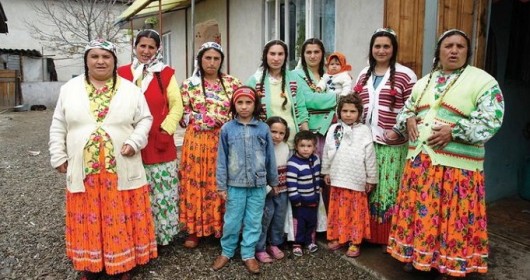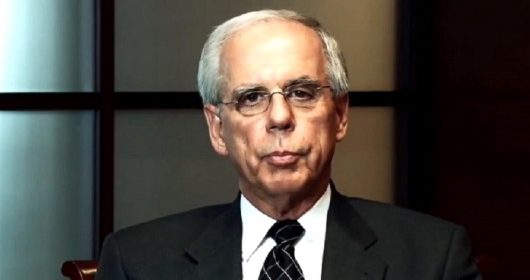Parsis—The Paradox of A Very Successful But Vanishing Community
The Parsis, also known as the Parsees, constitute a subsection of the larger Zoroastrian community who migrated to India from Persia in the 7th century AD during the Arab invasion of their homeland. Since then, they have established themselves as a distinct community in the Indian subcontinent, especially in the regions of present-day Maharashtra and Gujarat.
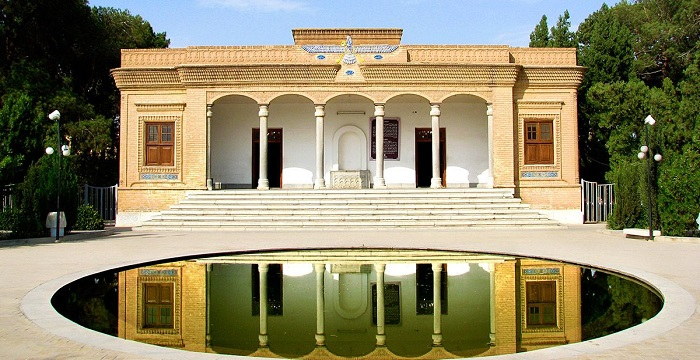 Image Source: https://www.persiaadvisor.travel/attraction/zoroastrian-fire-temple/
Image Source: https://www.persiaadvisor.travel/attraction/zoroastrian-fire-temple/
Origin of Parsis – Who exactly are they?
The Parsis descended from Persian Zoroastrians who came to India as refugees during the Arab invasion of Persia in the 7th century AD. At the time of the invasion, Zoroastrianism was the dominant religion of Persia and the native Persians rebelled against the Muslim conquerors for several decades. During this tumultuous period, many Persians fled from their homeland to the Indian subcontinent in order to escape religious persecution at the hands of their Muslim conquerors. Leaving Persia also gave them the chance to preserve their religious identity.
The Parsis came to India in two waves. It is believed that the first group of Persian migrants reached the province of Gujarat and asked the local king for refuge. According to a Parsi legend, Raja Jadi Rana accepted their request and allowed them to live with the local population. The Parsi community was also permitted to preserve their own religion and construct places of worship. Much later, another group of immigrants from Persia came to India and settled in the western part of the subcontinent. At present, India has the largest population of Zoroastrians in the world.
(Source: https://en.wikipedia.org/wiki/Parsi)
Are the Parsis and the Zoroastrians same?
The Parsis are a smaller subsection of the larger Zoroastrian community. The term “Parsis” is used to refer to only those Zoroastrians who fled to the Indian subcontinent during the Arab invasion of Persia in 636–651 AD. Upon their arrival in India, the refugees established themselves as a distinct community among the different religious communities already existing in the subcontinent.
Originally, the major difference between the Parsi Zoroastrians and the Iranian Zoroastrians was merely geographical. However, with the passage of time, both the communities developed and evolved in their own ways and even adopted different religious traditions. For example, while women are allowed to be ordained as “Mobedyars” (priestly assistants) in Iran, the same is not allowed in the Parsi Zoroastrian community.
(Source: https://en.wikipedia.org/wiki/Zoroastrianism)
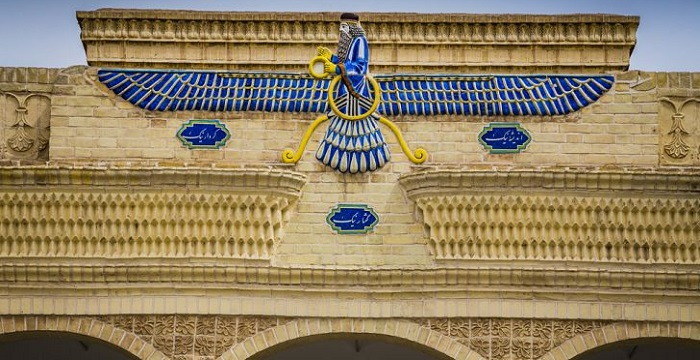 Image Source: https://www.worldatlas.com/articles/top-countries-of-the-world-by-zoroastrian-population.html
Image Source: https://www.worldatlas.com/articles/top-countries-of-the-world-by-zoroastrian-population.html
What is the difference between the Parsis and the Muslims?
When it comes to their religious affiliation, the Parsis follow Zoroastrianism, an ancient pre-Islamic religion of Iran. Also known as Mazdayasna, it is one of the world’s oldest religions that remain active. A monotheistic faith, it is centered in a dualistic cosmology of good and evil. The major features of the religion are messianism, belief in the concepts of heaven and hell, and faith in the notion of judgment after death. Being an ancient religion, Zoroastrianism has influenced numerous other religious systems, including Judaism, Islam, Christianity, and Buddhism that developed later on.
Muslims, on the other hand, follow Islam, an Abrahamic monotheistic religion that teaches the concept of only one God, “Allah.” Muhammad is believed to be the messenger of God. The Quran—viewed by Muslims as the verbatim word of God—is one of the primary scriptures on Islam.
(Sources: https://en.wikipedia.org/wiki/Zoroastrianism, https://en.wikipedia.org/wiki/Islam)
What is the religion of the Parsis?
The Parsis are a subsection of the Zoroastrian community. They adhere to Zoroastrianism, one of the most ancient religions of the world that still survive to the present day. The religion has its roots in the teachings of Prophet Zoroaster (also known as Zarathustra) who taught a spiritual philosophy of self-realization and realization of the Divine. An ethical philosopher, he challenged the existing traditions of the prevalent Indo-Iranian religion and launched a new religious movement that eventually became the dominant religion in ancient Persia.
(Sources: https://en.wikipedia.org/wiki/Zoroaster, https://en.wikipedia.org/wiki/Zoroastrianism)
 Image Source : https://yazd.today/zoroastrian-fire-temple/
Image Source : https://yazd.today/zoroastrian-fire-temple/
Who is the Parsi God?
As the followers of a monotheistic faith that teaches the concept of a single creator God, the Parsis believe in the deity “Ahura Mazda” (Wise Lord), who they regard as the “Supreme Being.” The word “Ahura” literally means “mighty” or “lord,” while “Mazda” means “wisdom.” Ahura Mazda is the highest spirit of worship in Zoroastrianism. The Parsi God is also known as Ohrmazd, Ahuramazda, Hourmazd, Hormazd, and Hurmuz.
Prophet Zoroaster proclaimed Ahura Mazda to be “the uncreated spirit, wholly wise, benevolent and good, as well as the creator and upholder of “Asha” (truth).”
(Source: https://en.wikipedia.org/wiki/Ahura_Mazda)
 Image Source : https://www.hinduwebsite.com/zoroastrianism/asha.asp
Image Source : https://www.hinduwebsite.com/zoroastrianism/asha.asp
What is the name of the holy book of Parsis and when was it written?
The holy book of Zoroastrianism is called the Avesta (or Zend-avesta). The scripture contains the teachings of Prophet Zoroaster, hymns, laws, and the tenets of the religion. The Avesta is composed in the otherwise unrecorded Avestan language and is divided into several different categories, including the Yasna, the Visperad, the Vendidad, the Yashts, the Siroza, and the Nyayeshes, among others.
Since Zoroastrianism is an ancient religion, it is difficult to estimate when the original Avesta was composed. It is believed that the manuscripts of the original scripture—the master copy—were destroyed when Alexander the Great conquered Persia. The present-day Avesta was probably assembled from the remnants of the master copy and standardized between the third and the seventh century AD.
While the Avesta is the primary scripture of the Parsis, there are also several other secondary works that are crucial to the Zoroastrian theology. The most notable among these are the Dēnkard (“Acts of Religion”), the Bundahishn (“Primordial Creation”), and the ‘Book of Arda Viraf.’
(Sources: https://en.wikipedia.org/wiki/Avesta, https://www.britannica.com/topic/Avesta-Zoroastrian-scripture)
What languages do the Parsis speak?
When the first wave of the Parsis immigrated to the Indian subcontinent in the 7th century AD, they spoke the Avestan language, also known as Zend. There were two variants of the language: Old Avestan and Younger Avestan. Old Avestan is quite similar in grammar and lexicon to Vedic Sanskrit, which is the oldest preserved Indo-Aryan language.
Modern day Parsis—the descendants of the original wave of immigrants who came to India centuries ago—primarily speak the languages Hindi, Gujarati, Marathi, and English.
(Source: https://en.wikipedia.org/wiki/Avestan)
Where do the Parsis go to pray?
The Parsi community’s place of worship is called a “Fire Temple” (“Dar-e mehr” in Persian or “Agiyari” in Gujarati). In Zoroastrianism, fire and water are considered the agents of ritual purity. The oldest remnants of what is believed to have been a fire temple were found on Mount Khajeh, near Lake Hamun in Sistan. They have been tentatively dated to the 3rd or 4th century BC.
As of today, there are about 50 fire temples in Mumbai and around 100 in the rest of India. There are also a few fire temples in other parts of the world. In general, non-Zoroastrians are denied entry into the fire temples. In India, there is also a custom of not allowing Zoroastrian women to enter the fire temple if they marry a non-Zoroastrian man.
(Source: https://en.wikipedia.org/wiki/Fire_temple)
 Image Credit : https://www.npr.org/2012/09/05/160401322/vanishing-vultures-a-grave-matter-for-indias-parsis
Image Credit : https://www.npr.org/2012/09/05/160401322/vanishing-vultures-a-grave-matter-for-indias-parsis
Do the Parsis circumcise?
The Parsis follow Zoroastrianism. Neither the Avesta, their primary scripture, nor any other of their religious texts mention the process of circumcision or any other form of ritual alteration of the genitals. Thus, it can be concluded that there is no religious requirement for circumcision in the Parsi culture.
(Source: http://www.iranicaonline.org/articles/circumcision)
How do the Parsis cremate the dead?
As per Parsi culture, traditionally, Parsis practiced excarnation of their dead. As per their religion, both fire and earth are considered sacred. Since dead bodies are said to be “unclean,” the Parsis can neither cremate nor bury their dead as this would pollute the elements of fire and earth. According to Parsi funeral traditions, the dead bodies are placed in a “dakhma,” also called a Tower of Silence—a raised, circular structure—where the bodies are exposed to the sun and carrion birds, especially vultures. The scavenging birds would feast on the corpses while the sun’s rays would further help in the excarnation process. The Tower of Silence is also referred to as ‘Doongerwadi’ in some parts of India.
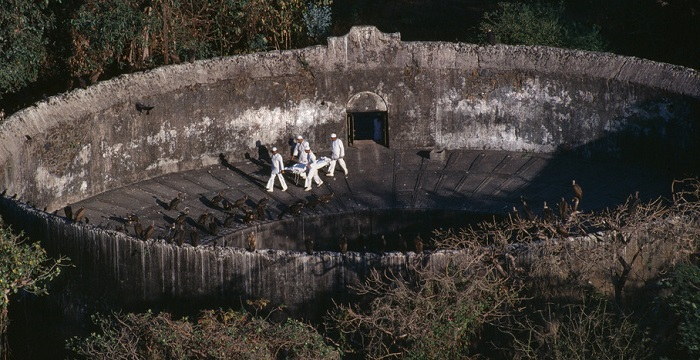 Image Source : http://www.compiko.info/pages/z/zoroastrianism-tower-of-silence/
Image Source : http://www.compiko.info/pages/z/zoroastrianism-tower-of-silence/
In the modern times, however, many Parsis are considering alternatives to the process of excarnation. The dwindling population of vultures, coupled with a few other practical implications, is forcing the Parsis to consider either cremation or burial of the dead. Today, it is not uncommon for the Parsis to cremate the dead in modern electric crematoriums.
(Source: https://en.wikipedia.org/wiki/Tower_of_Silence)
Why did the Parsis come to India?
The word ‘Parsi’ literally means “Persian.” The Parsis are a subgroup of the Zoroastrian community who migrated to India from Persia in the 7th century AD during the Arab invasion of their native land. At the time, Zoroastrianism was the dominant religion in the region which was then ruled by the Sasanian Empire. Upon the invasion, the Muslim conquerors ruthlessly persecuted the Zoroastrians, forcing them to either convert to Islam or flee from Persia. Numerous Zoroastrians left Persia and travelled to the Indian subcontinent, seeking refuge.
According to Parsi legends, the first wave of the Parsi immigrants arrived in the Indian province of Gujarat, where they were provided refuge by Raja Jadi Rana. The Raja is believed to have outlined a few conditions and rules which the Parsis promised to follow. Much later, another wave of Zoroastrian immigrants from Persia came to settle in the Indian subcontinent.
(Source: https://en.wikipedia.org/wiki/Parsi)
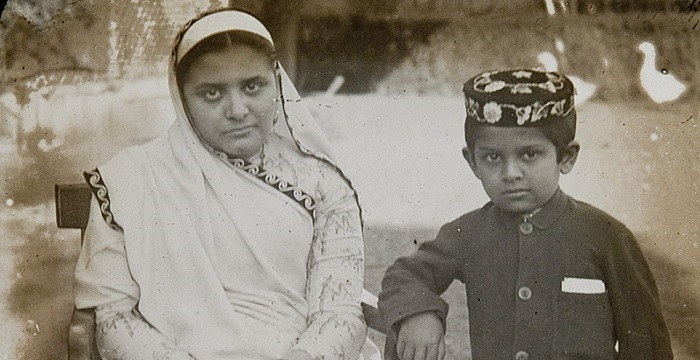 Image Source : https://www.thebetterindia.com/105599/refugee-parsi-zoroastrian-india-gujarat/
Image Source : https://www.thebetterindia.com/105599/refugee-parsi-zoroastrian-india-gujarat/
How did the Parsis, with Persian roots, flourish in India?
The first wave of the Parsis immigrated to India from Persia in the 7th century. Over the past several centuries, the Parsi community has established itself as one of the most prosperous and successful minority communities in the country. In the 17th century, following the commercial treaty between Mughal emperor Jahangir and James I of England, the East India Company began to build factories in Surat and nearby areas. The Parsis built good relations with the British settlers and began taking up governmental positions of trust during the British Raj. Known for being hardworking, determined, and tactful, the Parsis also developed into a flourishing business community during the British rule.
The community continued to evolve in the coming decades and emerged as “the foremost people in India in matters educational, industrial, and social,” in the 18th and 19th centuries. They sustained themselves successfully through the 20th century and continue to thrive in the 21st century as well.
(Source: https://en.wikipedia.org/wiki/Parsi#Age_of_opportunity)
Are there Parsis in Pakistan?
While the Parsi community is primarily based in India, Pakistan too has a small group of Parsis. The Pakistani Parsis are mostly concentrated in the port city of Karachi. Up until the 1990s, there was a very vibrant community of Parsis in Pakistan. However, in the past couple of decades, the population has dwindled. An increasing number of young Pakistani Parsis are choosing to migrate to other countries like USA and Australia in search of better career opportunities. Some Parsis have also moved to India in order to marry into the relatively bigger Parsi community based in Mumbai.
(Source: https://www.pri.org/stories/2012-11-28/parsi-community-karachi-pakistan)
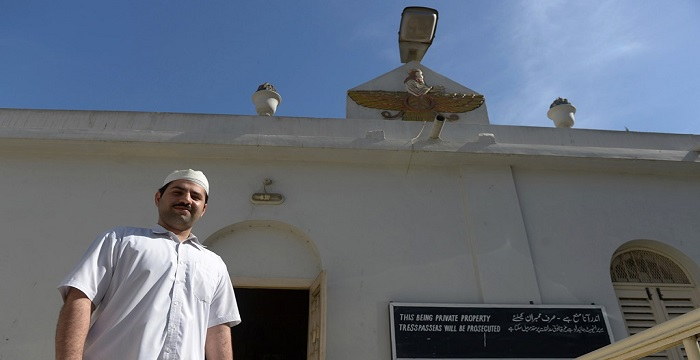 Image Source : https://parsikhabar.net/news/pakistans-fading-parsi-community-looks-abroad/11175/
Image Source : https://parsikhabar.net/news/pakistans-fading-parsi-community-looks-abroad/11175/
Are the Parsis the most successful community in India?
The Parsi community is regarded as one of the most successful minority communities not just in India but in the entire world. Primarily concentrated in India, the Parsis have enriched the nation in several ways. Close-knit, the Parsi community is the most economically prosperous and educated one in India.
One of the most famous names from the Parsi community today is business mogul, Ratan Tata, who served as the Chairman of Tata Group for several years. In the past too, many Parsis have contributed to the development of India in numerous ways. Nuclear physicist Homi Jehangir Bhabha, who played a pivotal role in starting India’s nuclear program, also hailed from the Parsi community. Jurist and economist, Nanabhoy Palkhiwala, legal luminary, SH Kapadia, and former Attorney-General of India Soli Sorabjee are some other illustrious personalities who were born into the Parsi community.
(Source: https://zoroastrians.net/2017/09/21/15-prominent-parsis/)
Why is India’s Parsi community going extinct?
The Parsis are among the most successful and prosperous communities in India. They have contributed a lot to the nation’s growth and development over the past few centuries. However, one major issue the community has been facing in the recent years is the rapid decline of the Parsi population. In a news report published in early 2018, their numbers have declined by 12 per cent every census decade. The alarming decline in the Parsi population is a matter of great concern. It is feared that the community will go extinct unless some drastic steps are taken. Some of the reasons contributing to the drop in the number of Parsis are a low birthrate, decline in fertility, and a skewed age composition. Another major issue contributing to the imminent extinction of the Parsis is that the children of mixed marriages, where only the mother is a Parsi, are not considered to be Parsis.
In order to save the Parsis from extinction, the Government of India has launched the scheme ‘Jiyo Parsi,’ which encourages Parsi couples to reproduce. Fertility treatments are also provided to infertile couples under this scheme. According to a news report published in January 2018, 130 babies have been born since the implementation of the scheme in 2013.
(Sources: https://www.afternoonvoice.com/indias-parsi-community-going-extinct.html, https://timesofindia.indiatimes.com/india/over-130-babies-born-in-4-years-of-jiyo-parsi-scheme/articleshow/62590586.cms)
 Image Source: https://parsi-times.com/2016/08/ztfi-celebrates-new-year-parukh-dharamshala/
Image Source: https://parsi-times.com/2016/08/ztfi-celebrates-new-year-parukh-dharamshala/
Why are the Parsis generally opposed to intermarriage?
It is a known fact that the Parsis are generally opposed to inter-religious marriages. In Parsi culture, marriage is considered a religious duty and not just a civil contract between the spouses. It is believed to be an institution that pleases their Supreme Being, “Ahura Mazda.” Traditionally, a qualified Zoroastrian priest would perform the marriage rituals only when both parties to the marriage were Parsi Zoroastrians. Mixed marriages have been forbidden in the religious texts of the Zoroastrians. However, in the modern times, mixed marriages are becoming more common as an increasing number of young Parsis are choosing to marry outside the community.
(Source: http://parsizoroastrianism.com/Tenets/discour33.html)




